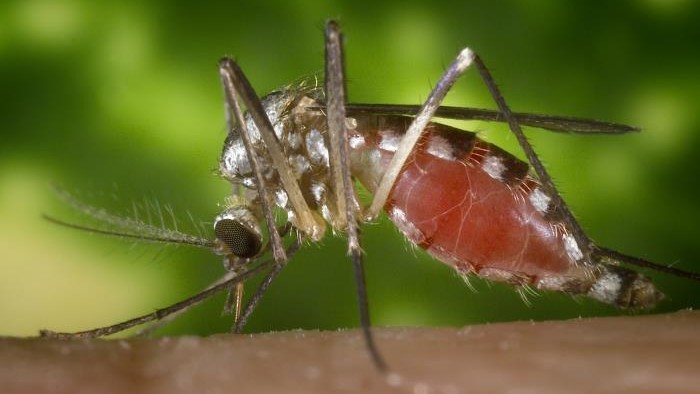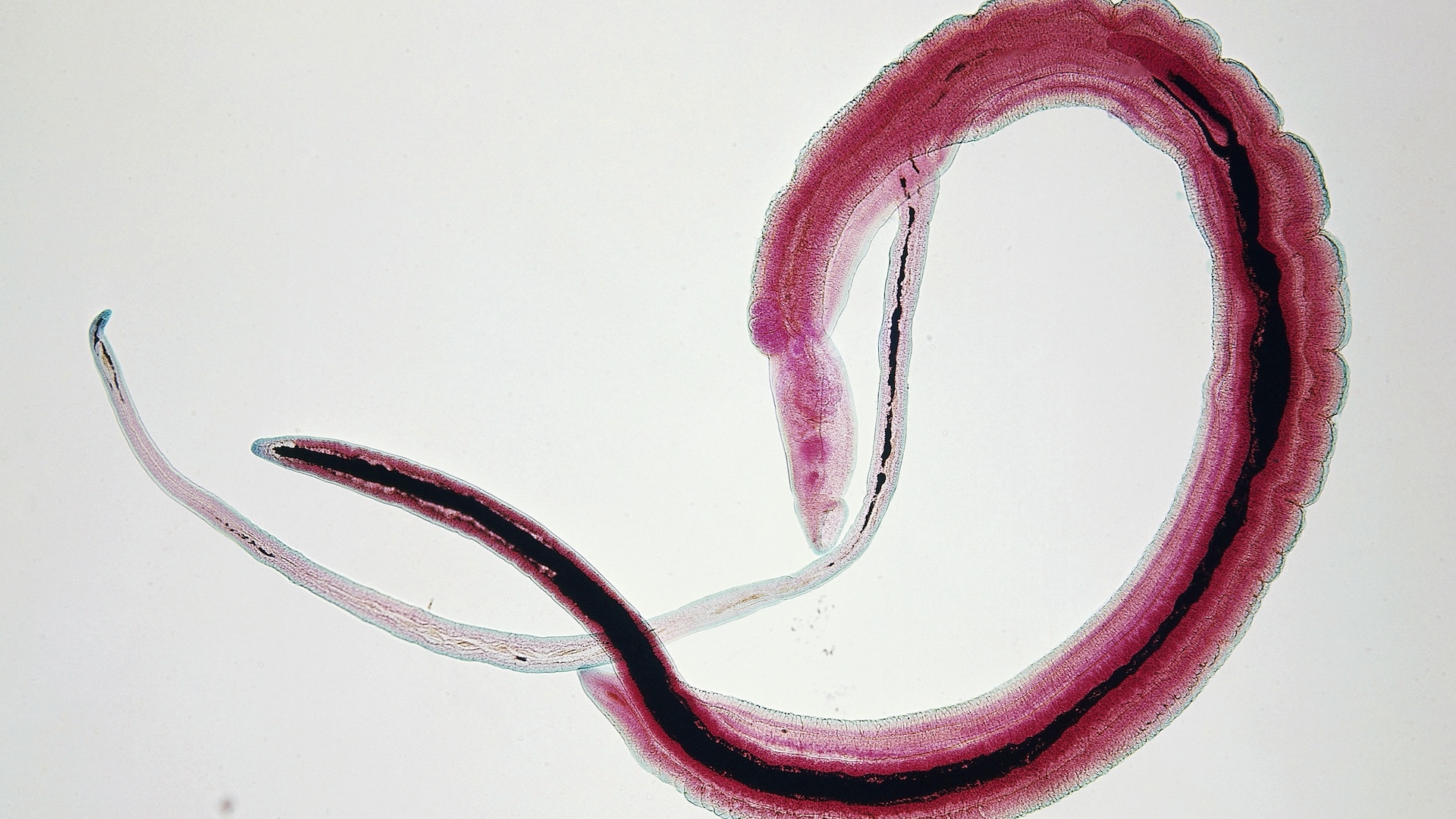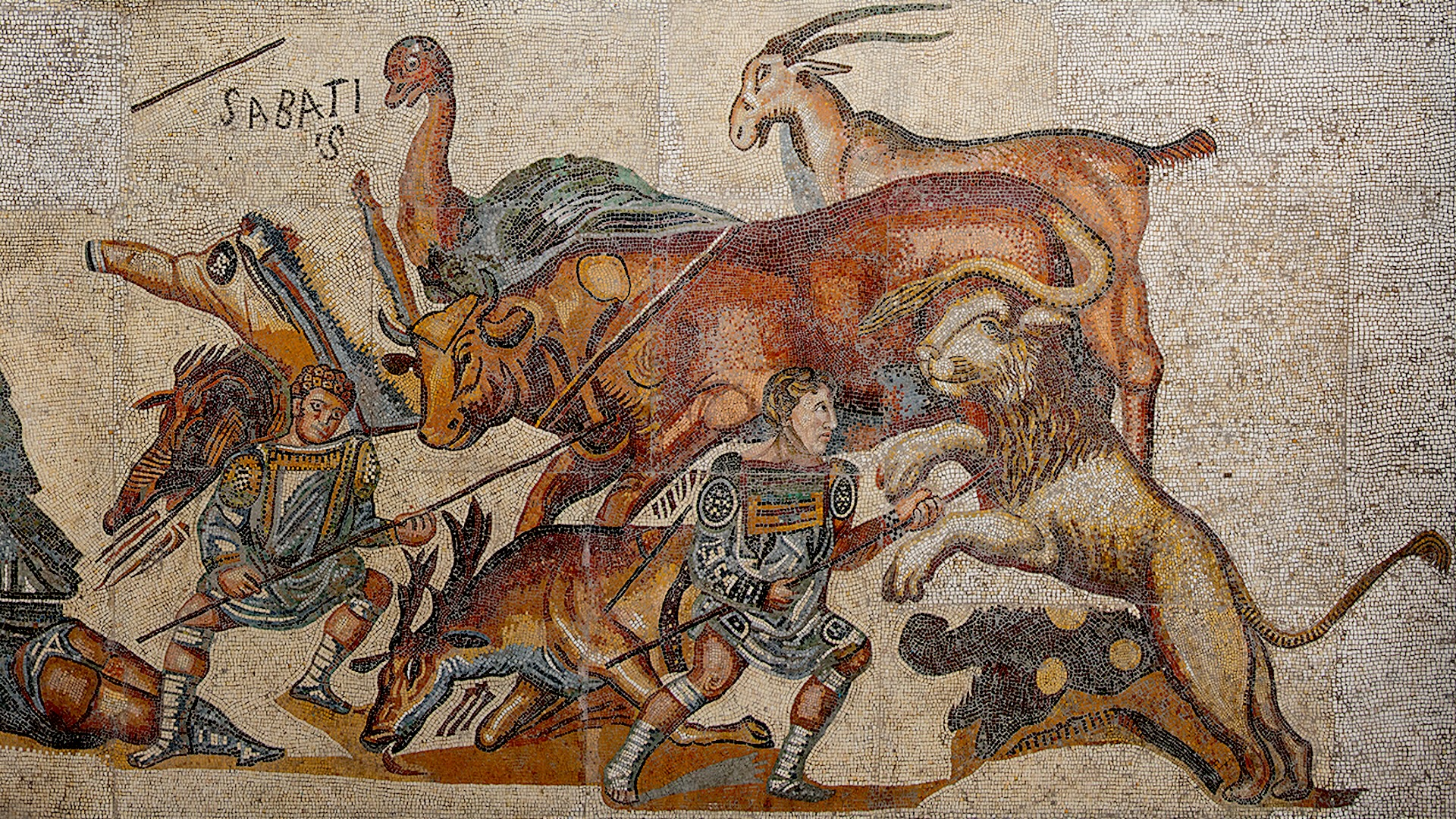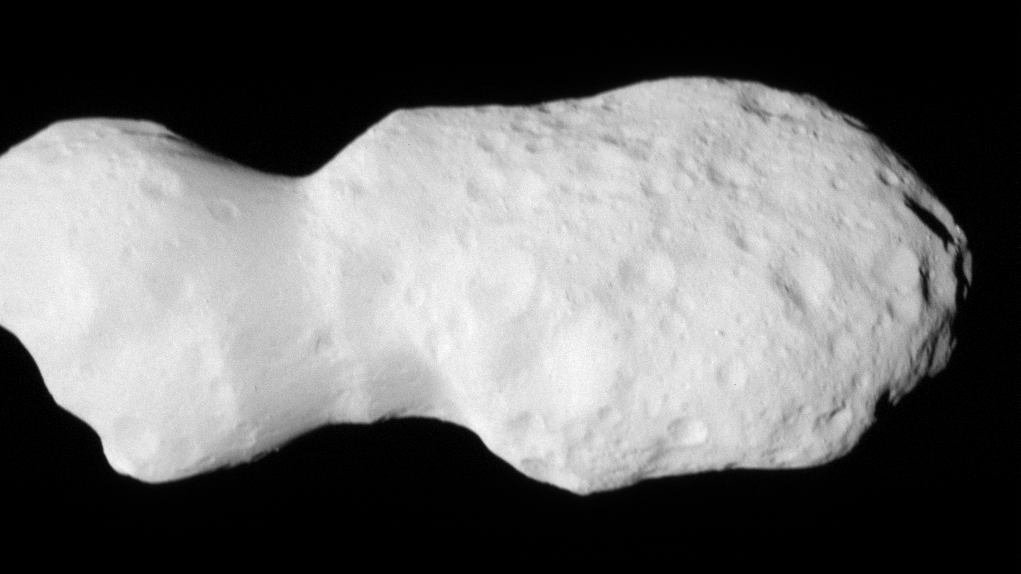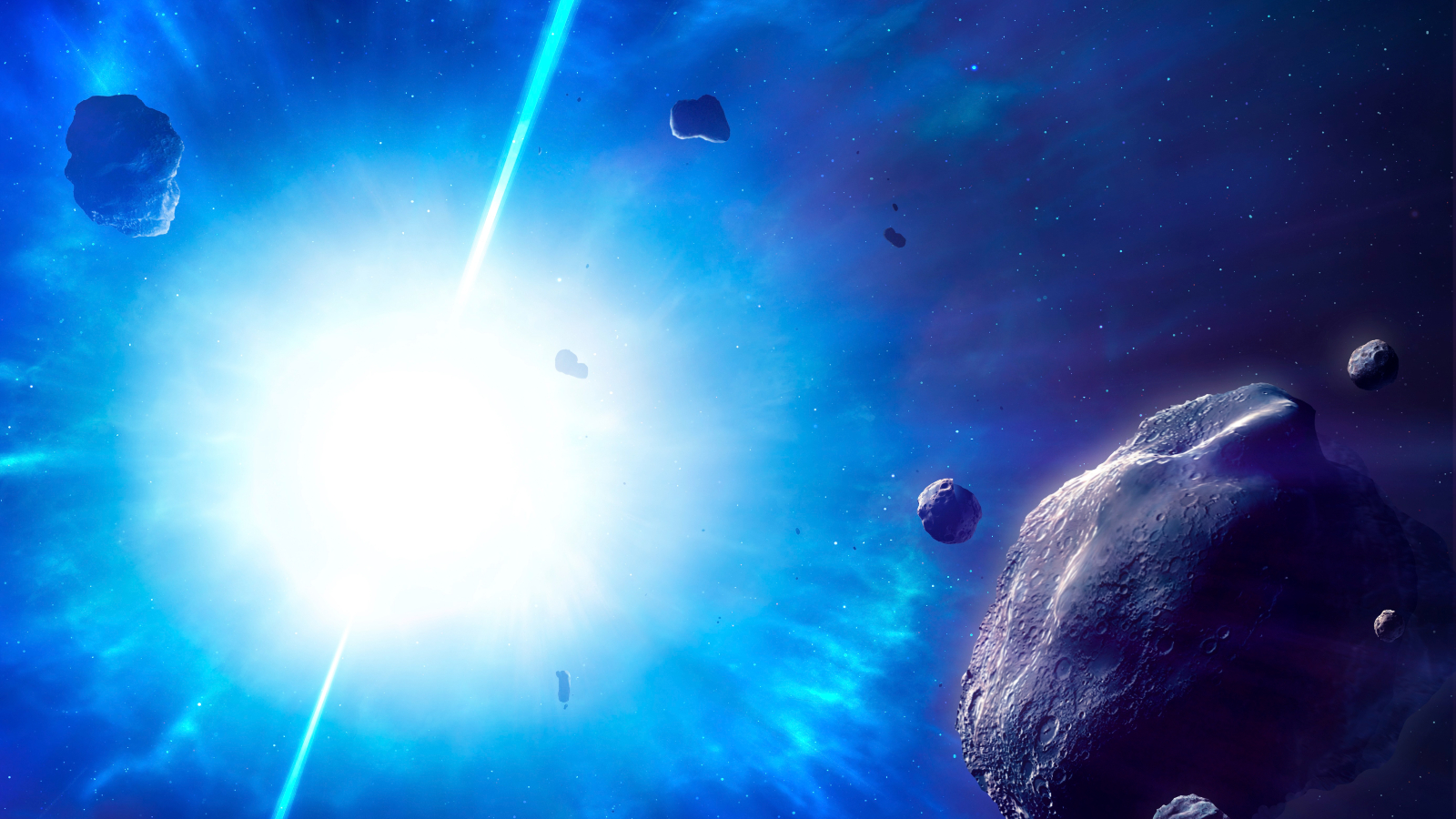Continent-size blobs in Earth's mantle are a billion years old, ancient crystals reveal
Giant blobs that lurk near Earth's core are much older than scientists thought, new seismic data reveals.
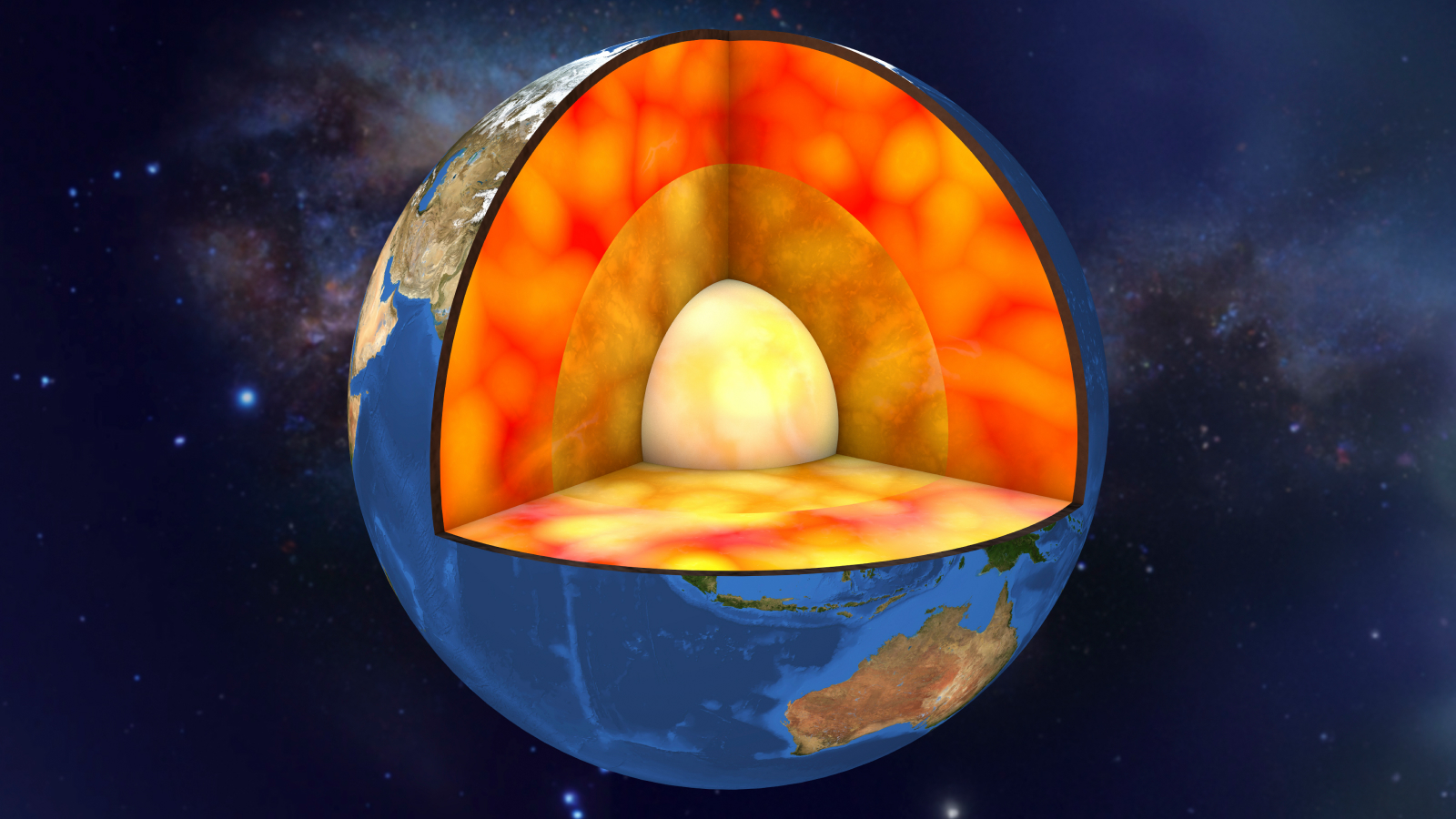
Continent-size islands deep inside Earth's mantle could be more than a billion years old, a new study finds.
Known as large low-seismic-velocity provinces (LLSVPs), these blobs are both hotter and older than nearby areas of the mantle. The findings, published Jan. 22 in the journal Nature, shed light on Earth's deep interior and could help explain how the mantle moves over time.
Scientists have known about these LLSVPs for a few decades. The two giant blobs — one beneath the Pacific Ocean and one beneath Africa — lie at the boundary between Earth's mantle and its outer core, some 1,900 miles (3,000 kilometers) beneath the surface.
"People have been wondering for all this time what they are," study co-author Arwen Deuss, a seismologist at Utrecht University in the Netherlands, told Live Science. "The only thing that we know of these is that when seismic waves travel through these places, they slow down."
To better understand the nature of the LLSVPs, Deuss and her colleagues pored through seismic data from more than 100 earthquakes strong enough to reverberate through the whole planet, including the LLSVPs and the surrounding mantle.
From these data, the researchers calculated both the speed of the seismic waves and how quickly they lost energy as they traveled through different parts of the mantle. In agreement with previous work, the team found that the seismic waves moved more slowly through the LLSVPs than through other parts of the mantle, suggesting that the blobs run hotter than their surroundings. But the waves lost much less energy than expected when traveling through the LLSVPs. Another feature, such as a change in composition, must be responsible for the unexpected result, the team suspected.
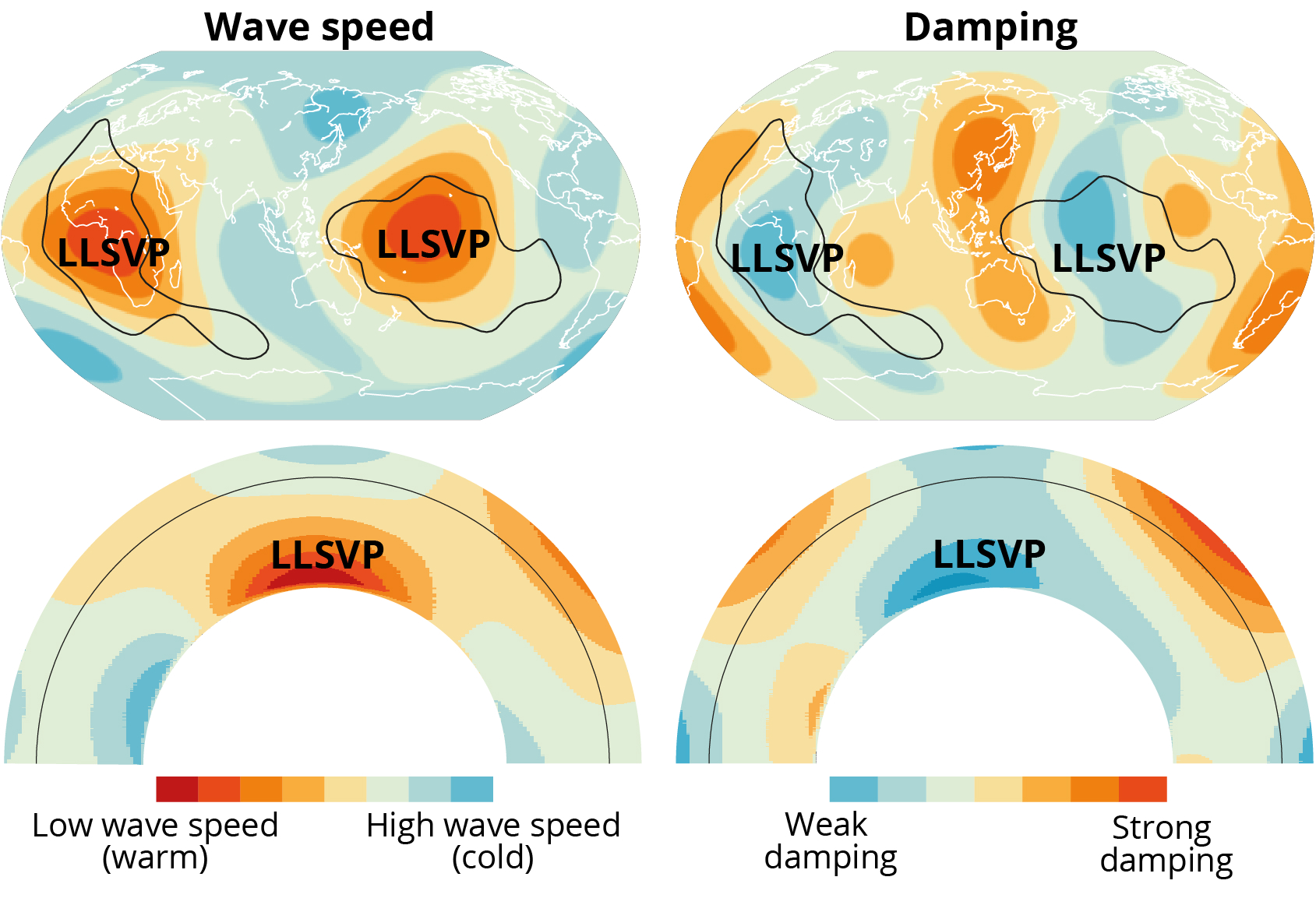
Computer models suggested that the size of crystalline minerals in the LLSVPs might play a role. Every time a wave crosses a boundary between two crystals, known as a grain boundary, it loses energy. If the crystals are smaller, there are more of these grain boundaries in a given volume.
Sign up for the Live Science daily newsletter now
Get the world’s most fascinating discoveries delivered straight to your inbox.
Deuss likened the seismic waves to running. "If you run in dune sand, when you have a lot of small grains, then you get really tired because you kind of sink into the sand," she said. The same thing happens to seismic waves when they pass through regions of the mantle around the LLSVPs. That part of the mantle is made of old tectonic plates that break into tiny pieces when they sink deep enough into the planet.
The LLSVPs, by contrast, contain larger crystals than their surroundings. Because the waves don't run into grain boundaries as often when passing through the LLSVPs, they don't lose as much energy as they do in surrounding rock. Crystals in the mantle take a long time to grow, Deuss said, so the larger crystals in the LLSVPs have likely been undisturbed for quite some time.
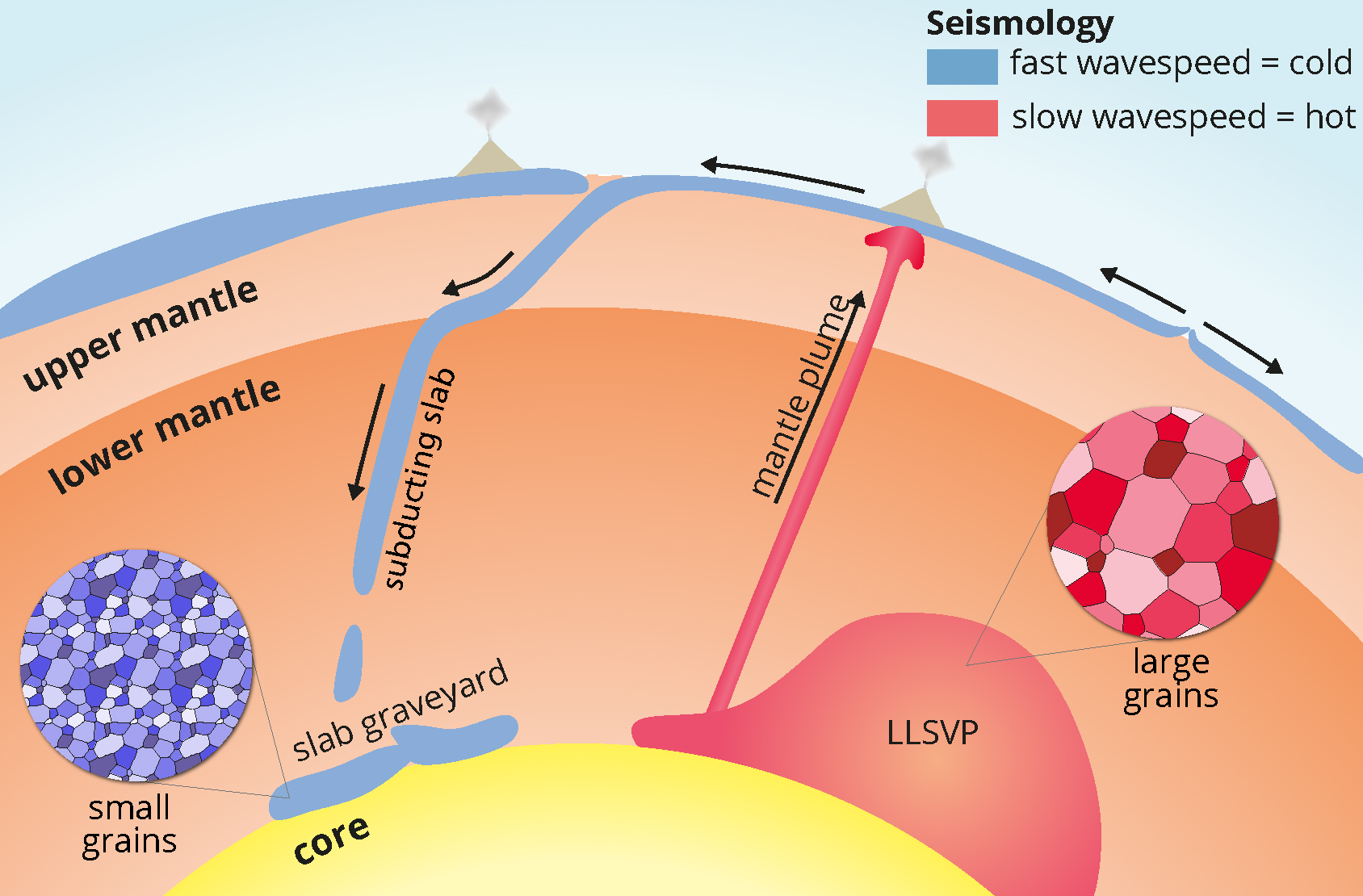
"They must have been there for at least a billion years," Deuss said. "And then everything suddenly fell into place, because many people have been suspecting that they might well be old, but nobody had any way to prove it."
These older sections of the mantle could provide insight into how the mantle moves and mixes over time. The stable LLSVPs might help explain why volcanic rocks in different parts of the world have different compositions or how tectonic plates are organized at the surface, Deuss told Live Science. But figuring out exactly how these impacts show up in the geological record will require further field research.
With the new findings, "now people can do lots of other investigations to figure out, what is the origin of these places? Why have they been sitting there? And that might lead to a lot of other outstanding questions in science that still need answers," Deuss said.
What's inside Earth quiz
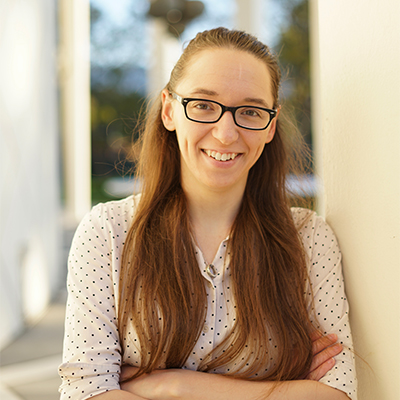
Skyler Ware is a freelance science journalist covering chemistry, biology, paleontology and Earth science. She was a 2023 AAAS Mass Media Science and Engineering Fellow at Science News. Her work has also appeared in Science News Explores, ZME Science and Chembites, among others. Skyler has a Ph.D. in chemistry from Caltech.
